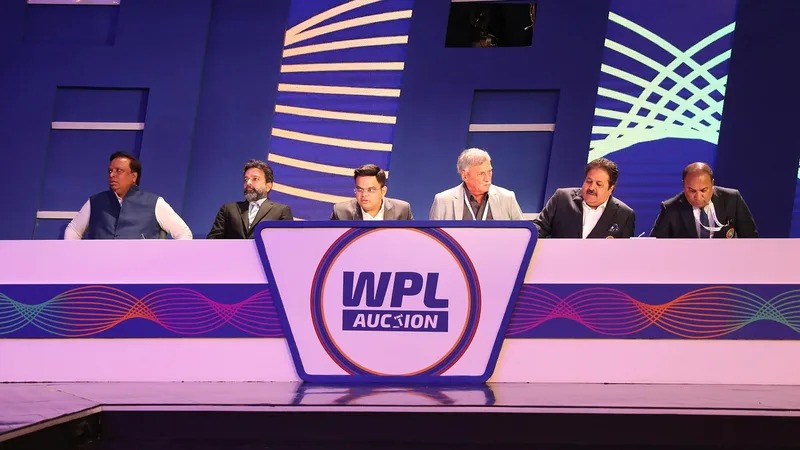For far too long, the women’s game had to draw its identity from the men’s version. Shafali Verma was the Virender Sehwag of the women’s game and so on. It finally stopped earlier this year in India, when the Women’s Premier League (WPL) was organised with serious success. With 951 crores paid for broadcast rights and 4669 crores for the five franchises, the women’s game finally had an identity of its own. With a further 1.5 crores added to the auction purse for each team, it is now a brand in its own right and a beginning has been made.
Yes, it is still played in one city and the home-and-away format is still some distance away, but at least a beginning has been made. While one wanted the BCCI to scale things up asap, the reality is that equality, which we all seek, is still some distance away. The intent seems right and the market has responded well with leading corporates coming forward to invest in the women’s game.
On auction day, some of the questions that will yet again come up are as follows: Will the franchises make a profit in the immediate future and do the numbers seem justified?
Neither of those questions has a definitive answer just yet. While in the first five years, the chances of making money seem remote, the optics of owning a women’s team are positive. The market potential, coupled with the visibility, make the WPL a viable investment opportunity. With men’s cricket now a saturated domain, the women’s game offers a serious growth option in the next decade, and companies that have entered early will have the first-mover’s advantage. Packed crowds for most games tells a story and corporates have surely sensed an opportunity.
The India women’s team may not have won a World Cup yet. But what they did by reaching the final in 2017 and 2020 was earn respect for themselves and for the sport. And that’s when the first seeds were sown. The murmurs for a WPL started. There was a realisation that a franchise tournament could well be economically viable. Finally, the girls have been able to fight years of discrimination and create a template. The launch of the WPL made sure that no Shafali would be stopped from playing cricket while growing up in India. And no neighbour would have the audacity to turn abusive at aspiring women cricketers.
For a country as diverse and as complex, we wouldn’t mind trading a World Cup for long-lasting social change. For girls in the West, playing cricket or any sport is a very natural progression. If they wish to pursue a career in sport, they do. In India, it is not so. Or rather, was not. In our country, there are a number of social injustices that women are confronted with and have to deal with when growing up. There is still a rigid hierarchy in some parts of India. First, it is the father who eats, and then the brothers, and then the women of the family. The mother, in fact, comes last. At one point, Shafali had to dress up like a boy to be able to play the sport. Her cohorts wouldn’t allow a girl to play cricket, and she was left with no other choice but to dress up like a boy. All this is finally in the past, and the WPL is clearly a property that is here to stay.
Having said that, the mission isn’t over yet. The story is yet to reach its logical conclusion. With serious monies paid to own the teams, one would like to see a far higher player purse than the 13.5 crores allowed this year. That is still only a seventh of what the men’s franchises get to spend. Equality, the harsh truth is, lies some distance away. It is ultimately about the players. They need to earn more and get rewarded. That’s when the ecosystem will become robust. That’s when more and more girls will take to the sport and the foundation will get stronger.
You need more young women like Shreyanka Patil or Saika Ishaque who used the WPL platform to make the national team. That India A was competitive against England A is evidence that the WPL has helped. Yes, it is still Australia and England that dominate the women’s game. India, accept it or not, is some distance behind. Harmanpreet Kaur, Smriti Mandhana and the rest have not been consistent enough. In five years, however, that will no longer be the case. The Indian journey has finally begun and will soon pick up momentum. It will be a tough grind but our girls, and the WPL is proof, are as tough as we will ever see in sport. To conclude, Parth Jindal, owner of the Delhi team, said this at the end of the bidding before the first season: “Cricket is no more a gentleman’s game.”
The quicker we stop referring to it as such, the better.




